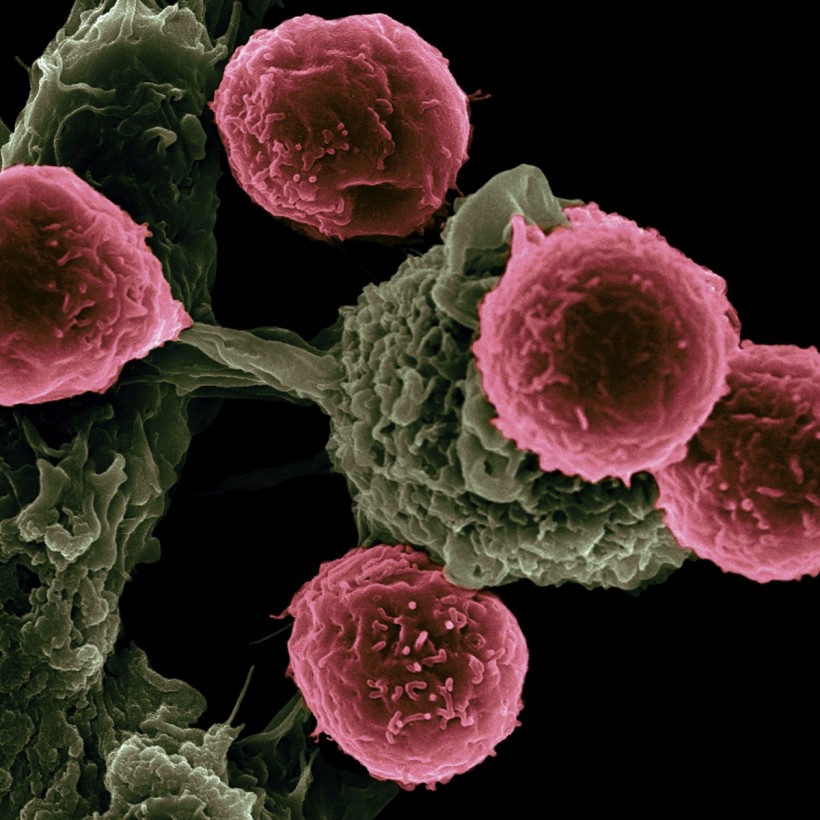Researchers are developing a more sophisticated type of lung cancer treatment that does not use traditional chemotherapy, which can have serious side effects on the body. The researchers are looking for new therapies that are highly targeted to control the release of the treatment directly at the tumor, which will less likely produce off-target effects, Phys.org reported.
The approach is discussed in a new study by Daniel Hayes and his colleagues at Pennsylvania State University. The team presented a new strategy where nanoparticles can be triggered to release therapeutic microRNA (miRNA) using an alternating magnetic field.

Cancer Treatment: Magnetic Nanoparticles Can Be Triggered to Release Anti-Cancer MicroRNA
Testing Magnetic Nanoparticles in Lung Cancer Cells
The technique involves using nanoparticles that are intravenously introduced to the body to target specific tumors and use alternating magnetic field radiotherapy (AMF-RF) from the outside.
Researchers explained in a similar report from News Medical Life Sciences that this method will stimulate nanoparticles to move to the target to slightly heat up and release the miRNA to the site where it is precisely needed.
In the study titled "Development of Magnetic Nanoparticles for the Intracellular Delivery of miR-148b in Non-small Cell Lung Cancer," published in the journal Biomedical Engineering Advances, researchers linked nanoparticles to the synthetic miRNA called miR-148b that suppresses tumor activity.
They used the heat-sensitive chemical bond Diels-Alder cycloadduct to join the two so that it would create a bond that disintegrates and release the miRNA when heated using the alternating magnetic field radiotherapy.
At the end of the experiment, researchers concluded that nanoparticles successfully reached target cells and released therapeutic miRNA. Also, they found that a significant number of cancer cells had died after receiving treatment using the new technique. Their findings showed that the method has a great potential for cancer treatment and could pave the way for future therapies.
ALSO READ: Scientists Use Nanoparticles to Kill Bacteria Hiding in Human Cells
Magnetic Nanoparticles Application in Medicine
As nanotechnology advances, it has allowed scientists and engineers to work at molecular and cellular levels to produce new technologies in life sciences and healthcare. Using nanoparticles in medicine offers major advantages because of their size and properties.
More so, applications using magnetic nanoparticles (MNPs) in biotechnology, medicine, material science, engineering, and other fields have improved over the past few years.
According to a 2012 paper published in Nanoscale Research Letters, biomedical applications for MNPs include a broad spectrum o magnetic recording and biomedical uses, such as magnetic resonance contrast media and therapeutic payload for cancer treatment.
Each application requires different properties of MNPs, such as being stable in water at pH 7 and physiological stability or being encapsulated with a biocompatible polymer for in vivo applications. Nonetheless, MNPs have proven helpful in medicine for many years now.
RELATED ARTICLE: Cancer Treatment: Nanomedicines Improve Drug Delivery, Reduce Toxic Effects of Chemotherapy
Check out more news and information on Cancer in Science Times.














